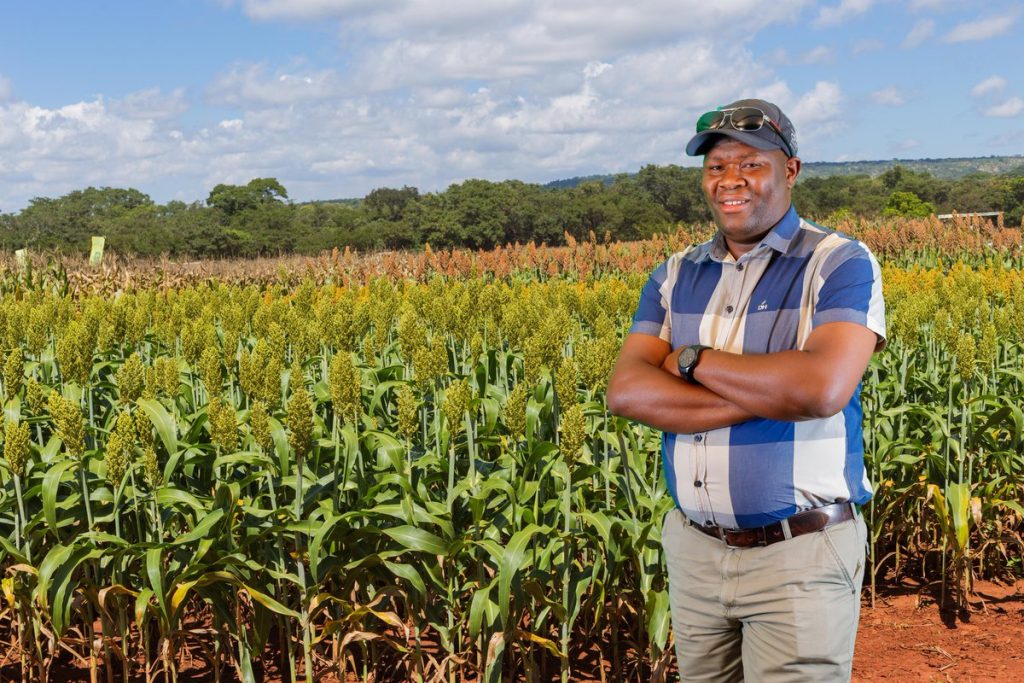A SENIOR government official on Friday challenged local farmers to increase productivity to reduce production costs and poverty levels in communities, and improve household incomes in line with the country’s aspirations to become an upper middle income economy by 2030.
Lands, Agriculture, Fisheries, Water and Rural Development Permanent Secretary, John Basera made the call at a farmers’ meeting and farm tour organised by EaSi Seeds and the Zimbabwe Association of Dairy Farmers in Pomona, Harare.
Applauding the mostly dairy farmers drawn from around the country for helping to increase milk production in the country from 76 million litres in 2020 to 79 million litres in 2021 and 91 million litres last year, Basera advised farmers to combine pushing for better prices from milk processors with on farm value addition.
“Promote on farm value addition so that the cheese is actually coming from Marirangwe. We need to promote on farm value addition because in terms of formulation of on farm feeds and so on we are almost there,” he said.
“We have to grow our dairy herd; I know we are witnessing some growth in the dairy sub space. Year on year we are witnessing some growth from 48 000 to about 53 000 which is about 11.3 percent from 2021 to 2022 but we actually need now 60 000 herd by 2025.”
There was need to grow all sub sectors of agricultural productivity that include dairy, food, livestock, poultry, piggery tobacco and other cash crops, he said, adding that the agricultural sector was four times more powerful in reducing poverty than all other sectors.
“If we increase our agricultural productivity by 10 percent, we stand a good chance of reducing our poverty levels by at least 7 percent. The best way to reduce your cost of production is by increasing your productivity level by being smarter.”
He urged the dairy farmers to up their game and achieve this year’s target of 105 million litres of milk.
“Our target this year is 105 million litres and let us do whatever it takes to achieve it. I think we are in a positive stead to achieve this because so far quarter on quarter comparison to last year from January to May, we have hit about 39 million litres which is six percent up on last year when we were on 35 million litres,” he said.
The increased milk production had reduced milk imports which had gone down by 17 percent from nine million kilogrammes of milk and milk power to seven million kilograms. The impact was even more profound during this year’s first quarter whose imports stood at about 500 tonnes compared to 4 000 tonnes last year.
Basera attributed the increased milk production to government interventions with climate smart programmes such as the Presidential Silage and forage programmes which are part of the agricultural sub sector recovery plans to reverse the prevailing negative trends. He said these programmes are going to be implemented again this year at a much bigger scale. — New Ziana
